A Ring-necked Duck showed up at the Fox River in downtown Waukesha, WI today. It hung around with other species present that were Common Goldeneye Ducks (m-f), Red-breasted (m-f) and ~20 Common Mergansers (m-f), Redheads (m-f) Scaups (m-f ). A pair of Buffleheads were reported, but I could not locate them. There was no female Ring-necked Duck to be found. The pair of Mute Swan were still present and still getting big views by pedestrians, walkers and bikers on the river walk. The wind made for a very cold day. Photographs taken on March 20th, 2014.
Ring-necked Duck
Binomial name: Aythya collaris
Category: Ducks, Geese, and Swans
Size: 17” long, 25” wing span
Weight: 1.5 lb.
Habitat: Shallow freshwater or acidic wetlands such as fens, bogs, marshes, beaver ponds and swamps. They will use saltwater areas in the southern states.
Diet: The Ring-necked Duck gets its food diving shallow or near the surface. Eats plants such as wild rice, wild celery, sedges, reed canary grass, arrowhead, water lilies, pondweed. The main diet for adult females when feeding duckings is earth worms, leeches, midges, clams and caddis flies which is also what the duckings are feed.
Nesting: The nest is simply built by the female just before egg-laying time. Materials are grasses and stems taken from nearby the nest area, usually 2”-10” directly above the water to help protect from land predators. The size is 2”-4” deep and 9”-10” across with a ramp made to the water. The female lines the nest with her down feathers. Usually one egg per day is laid with a clutch size of 6-14 eggs.
Facts: Although called a Ring-necked Duck, it appears to have a ringed bill. The ring on the neck, how it gets its name is chestnut-colored and hard to see unless you are close up. Some Minnesota lakes are gathering places for hundreds of thousands of these ducks during fall migration to feed on wild rice.

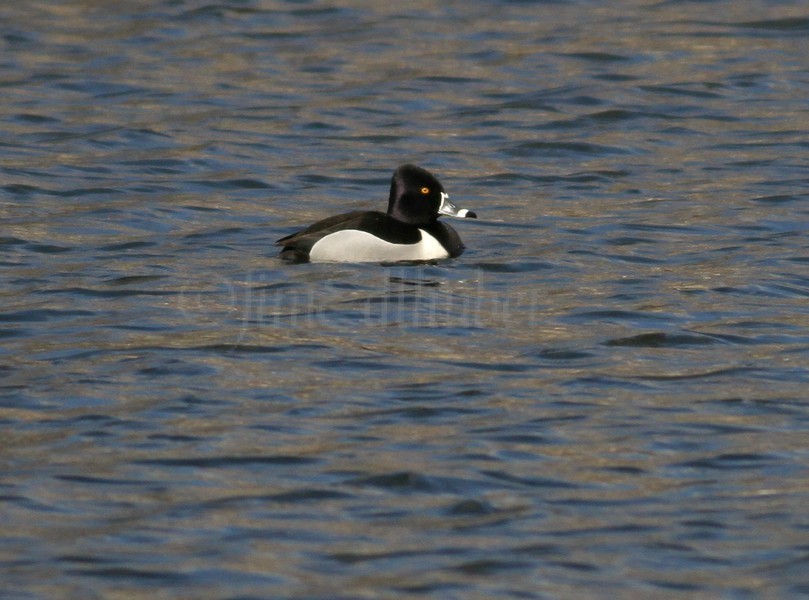
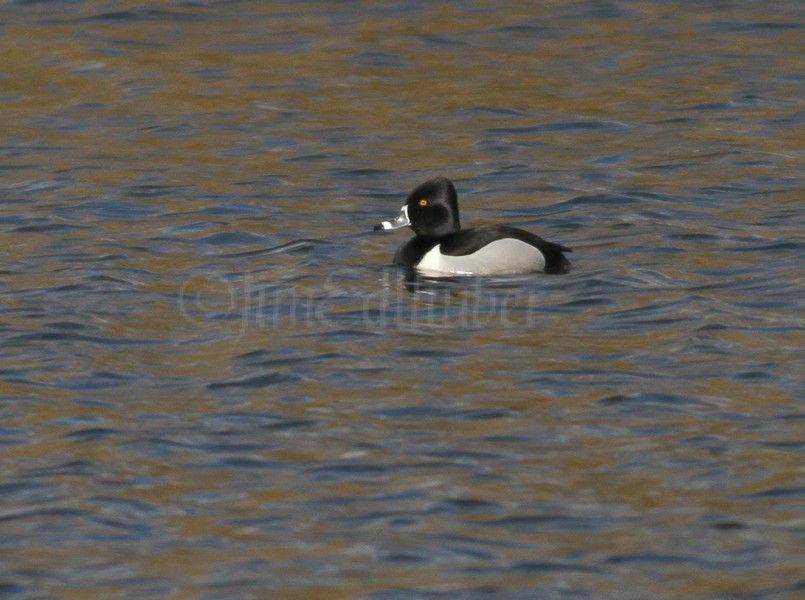
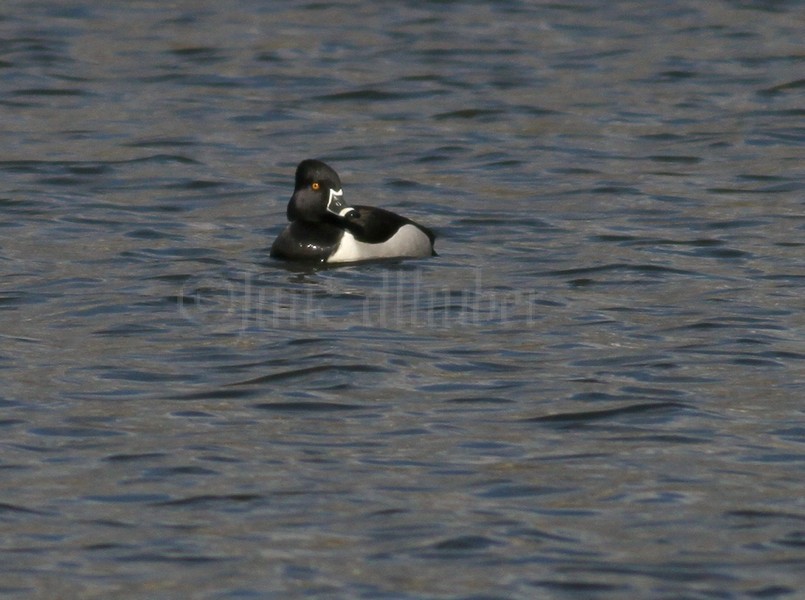
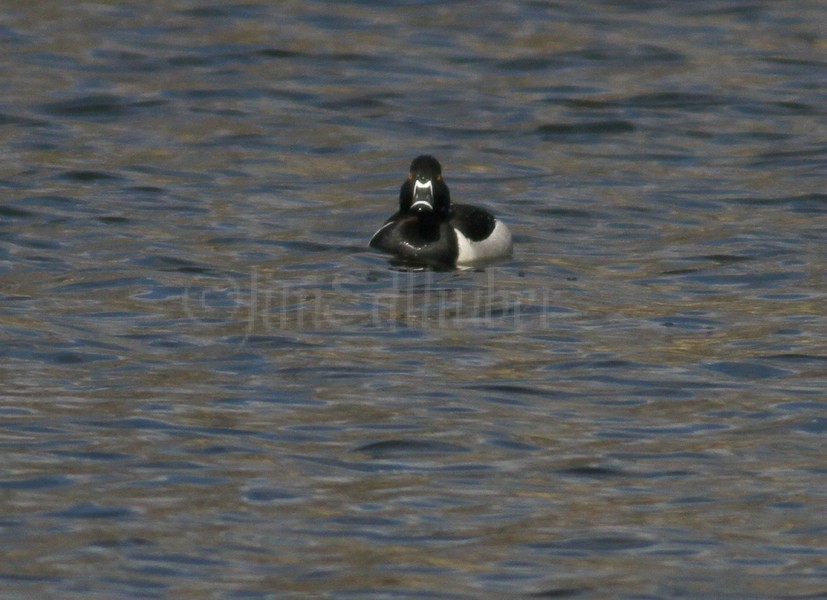
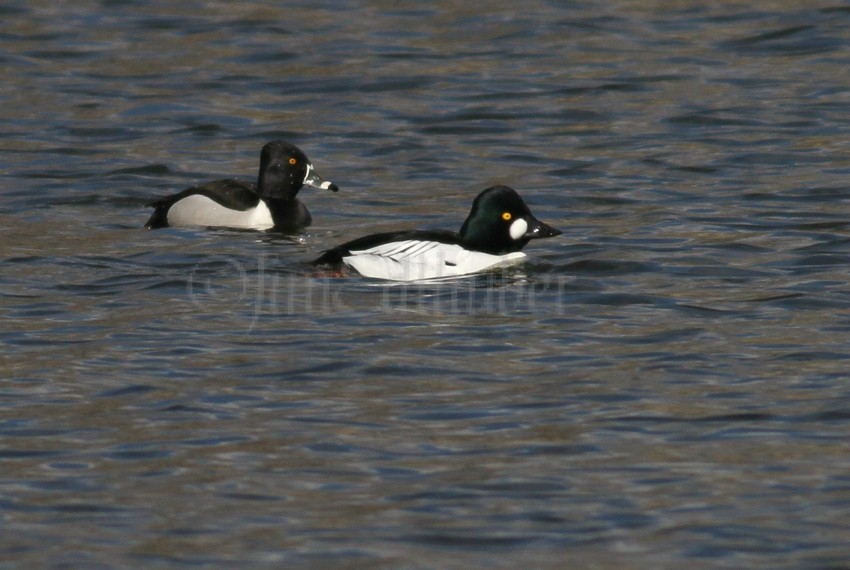
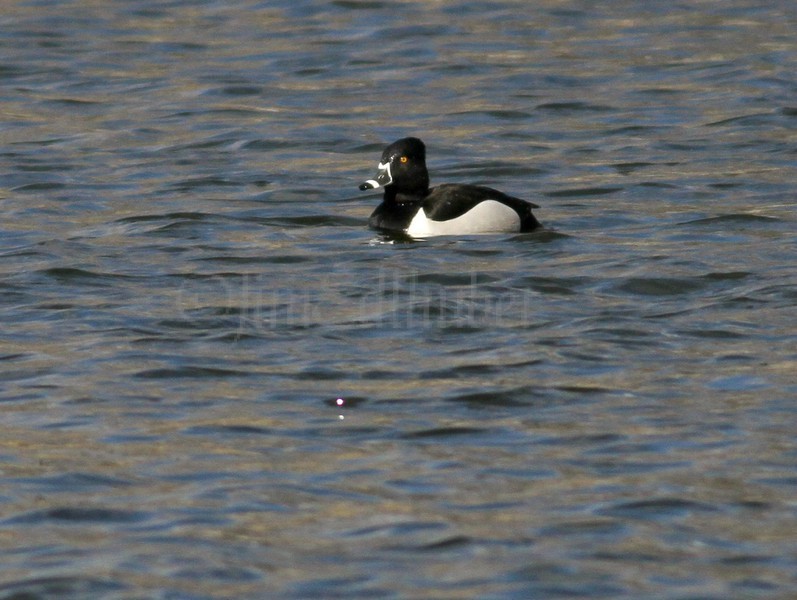

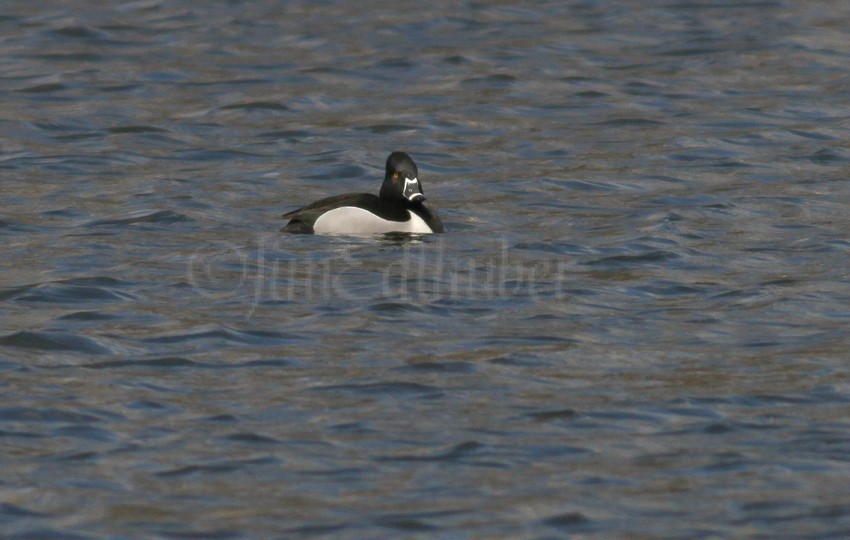
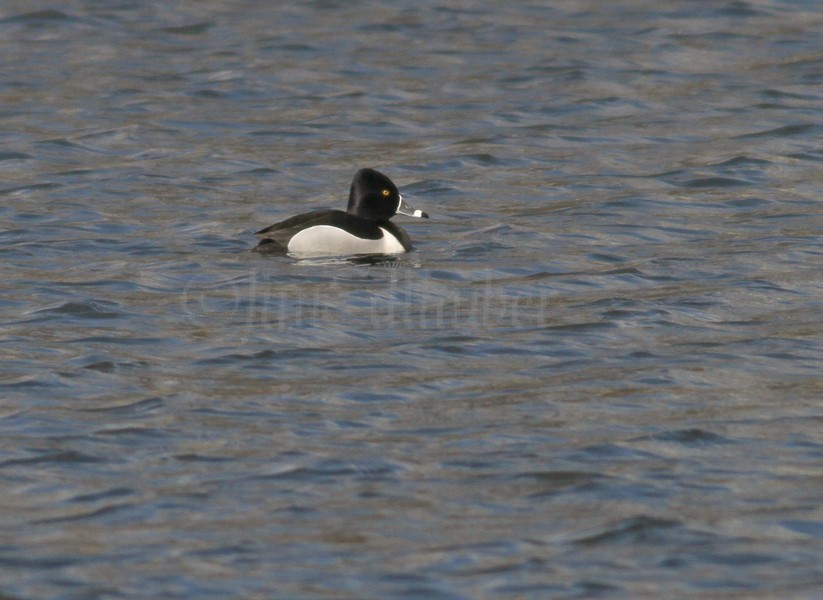
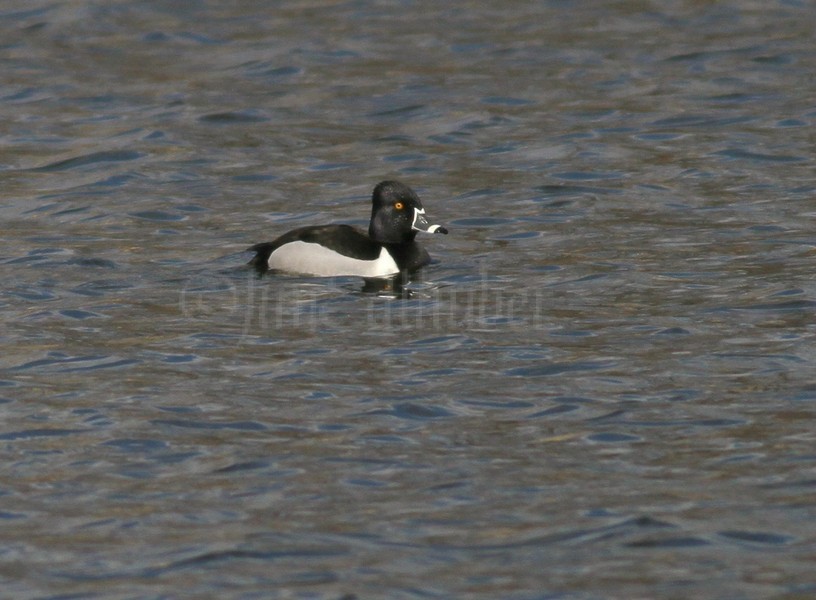
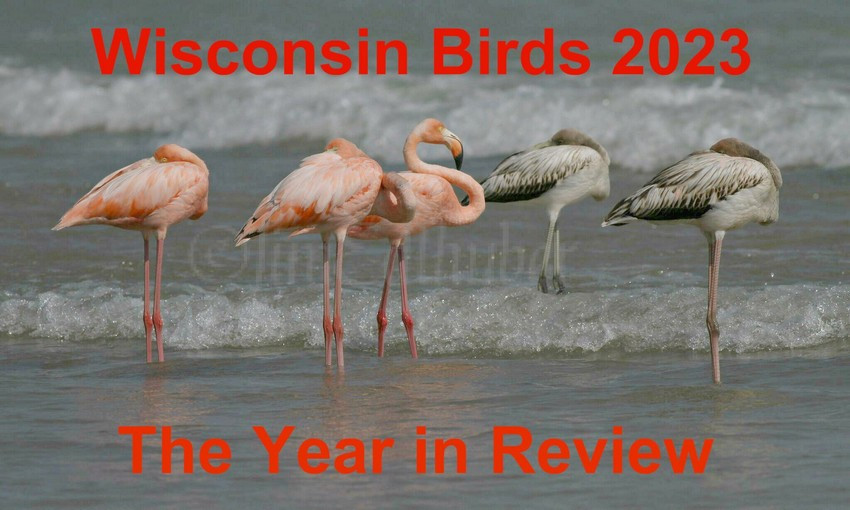
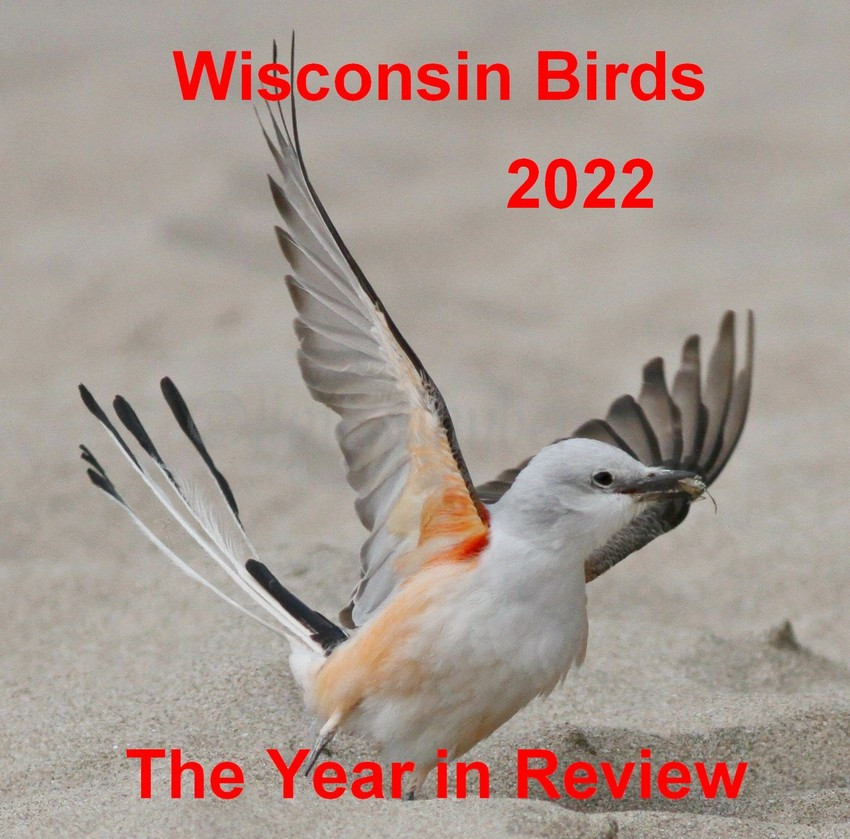
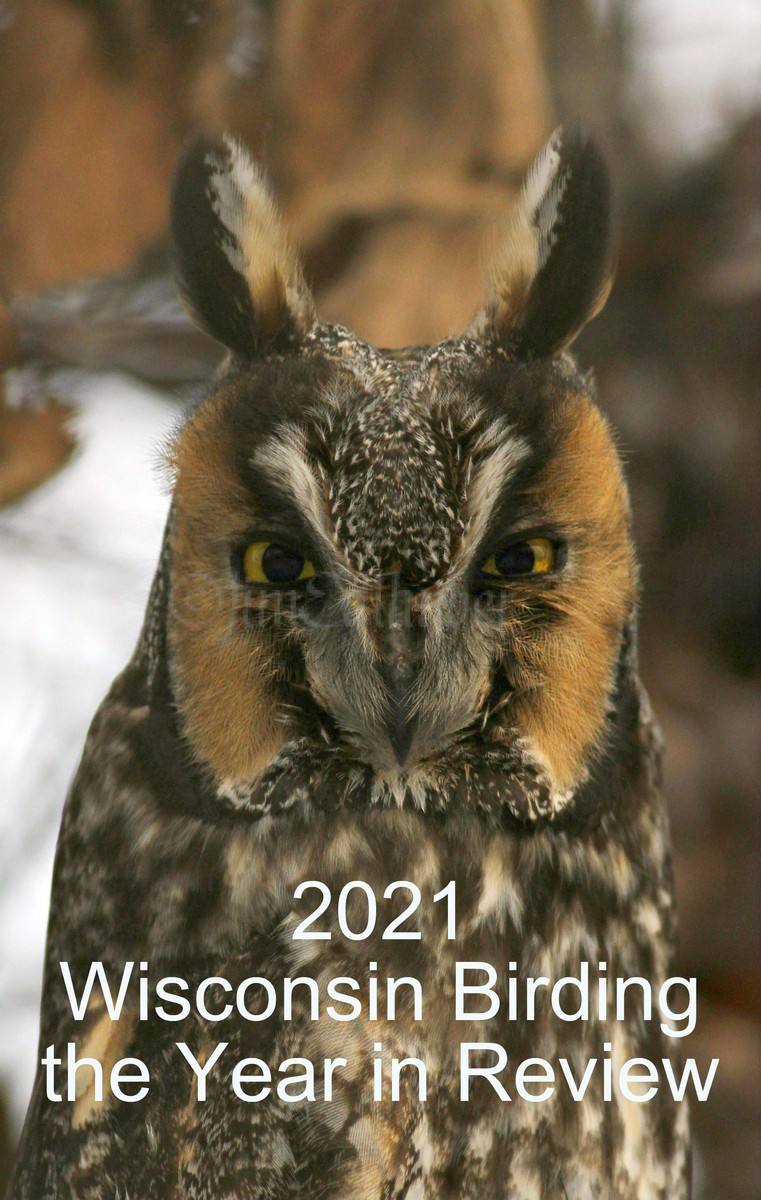
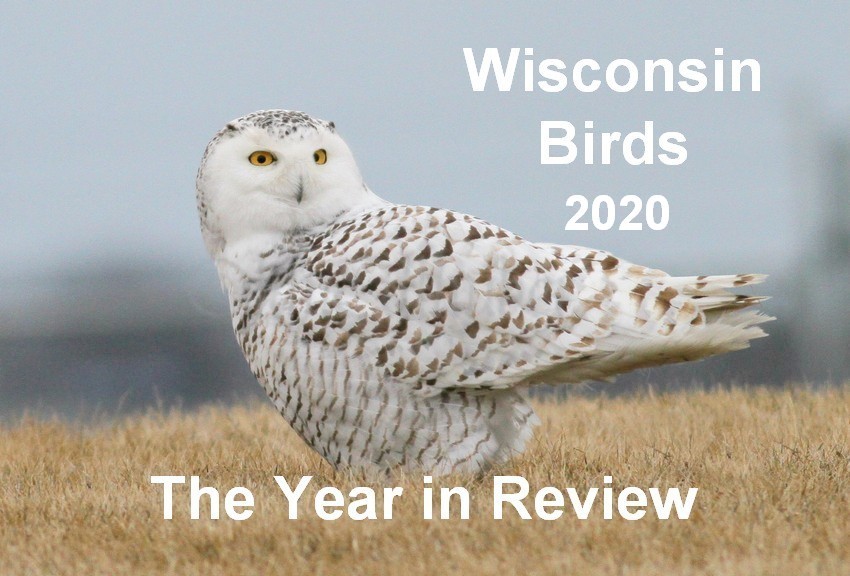
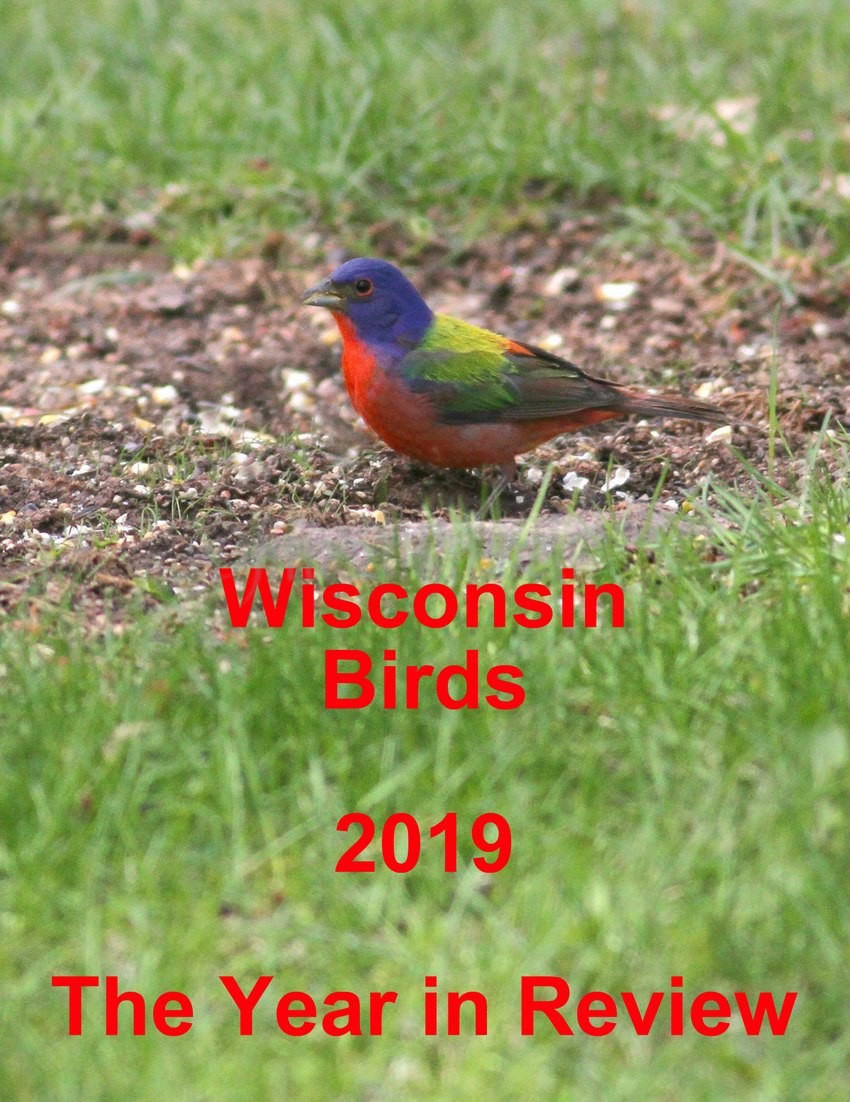
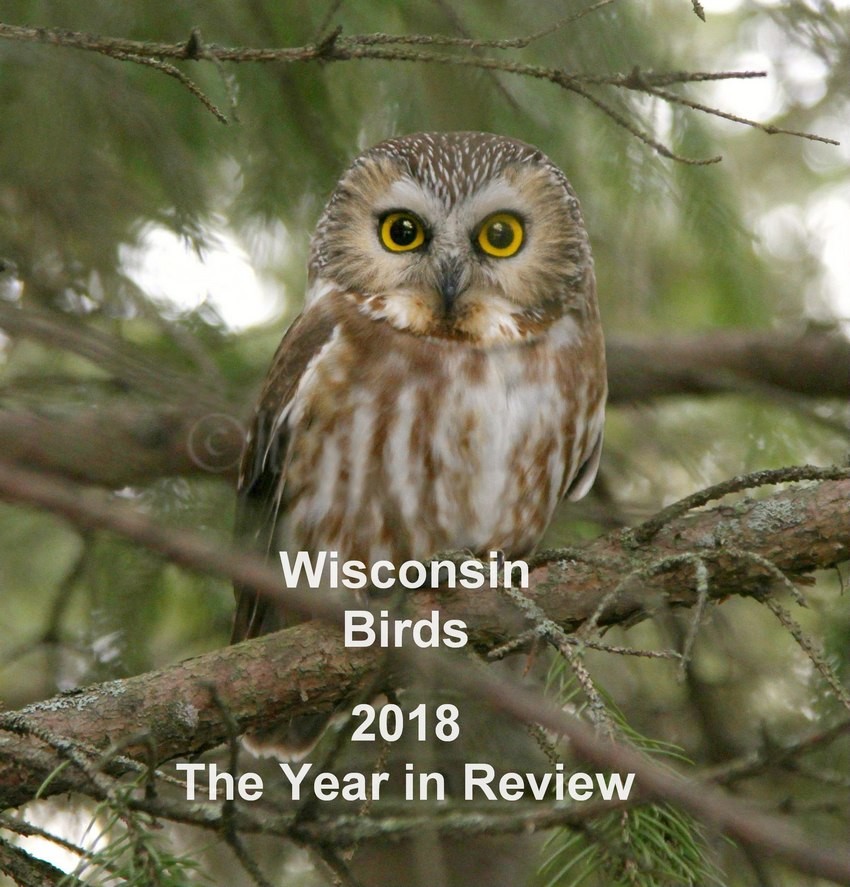
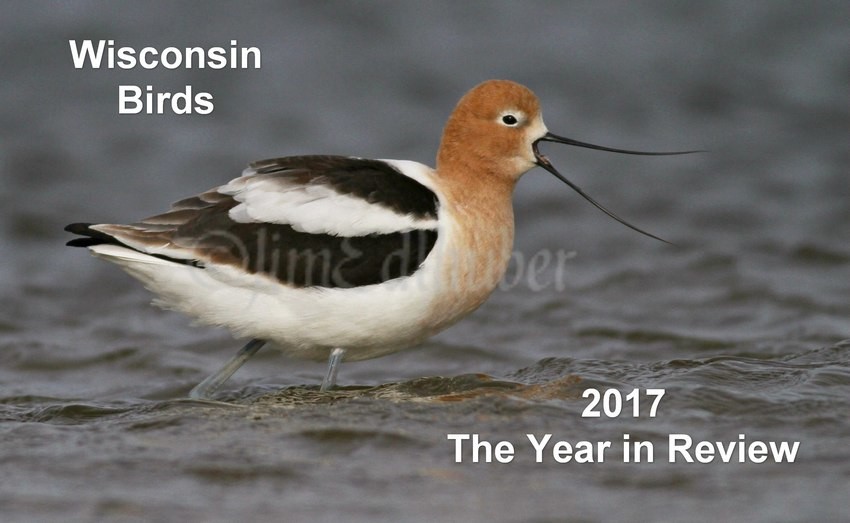
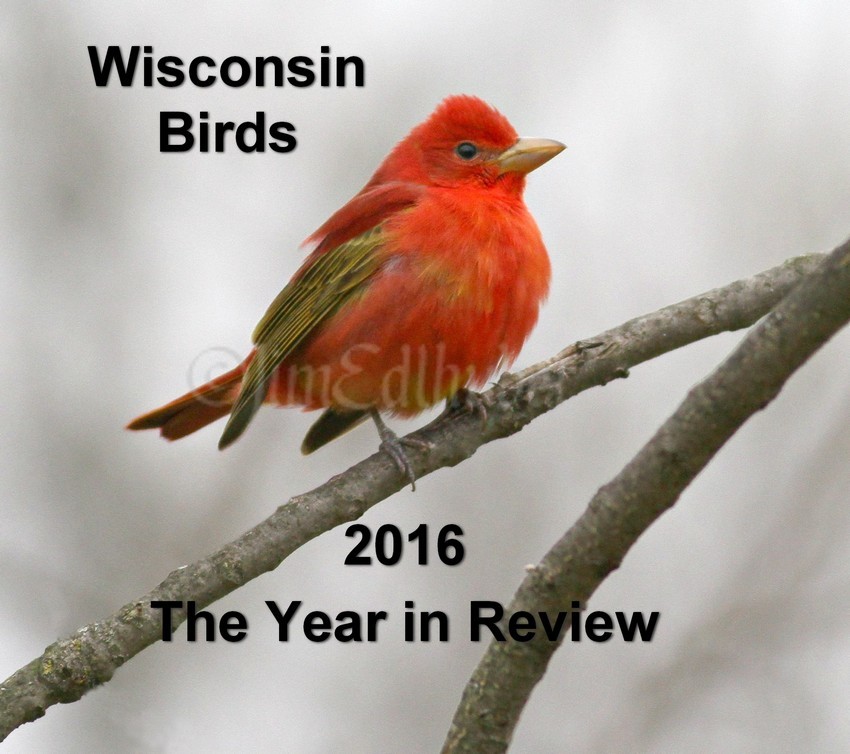
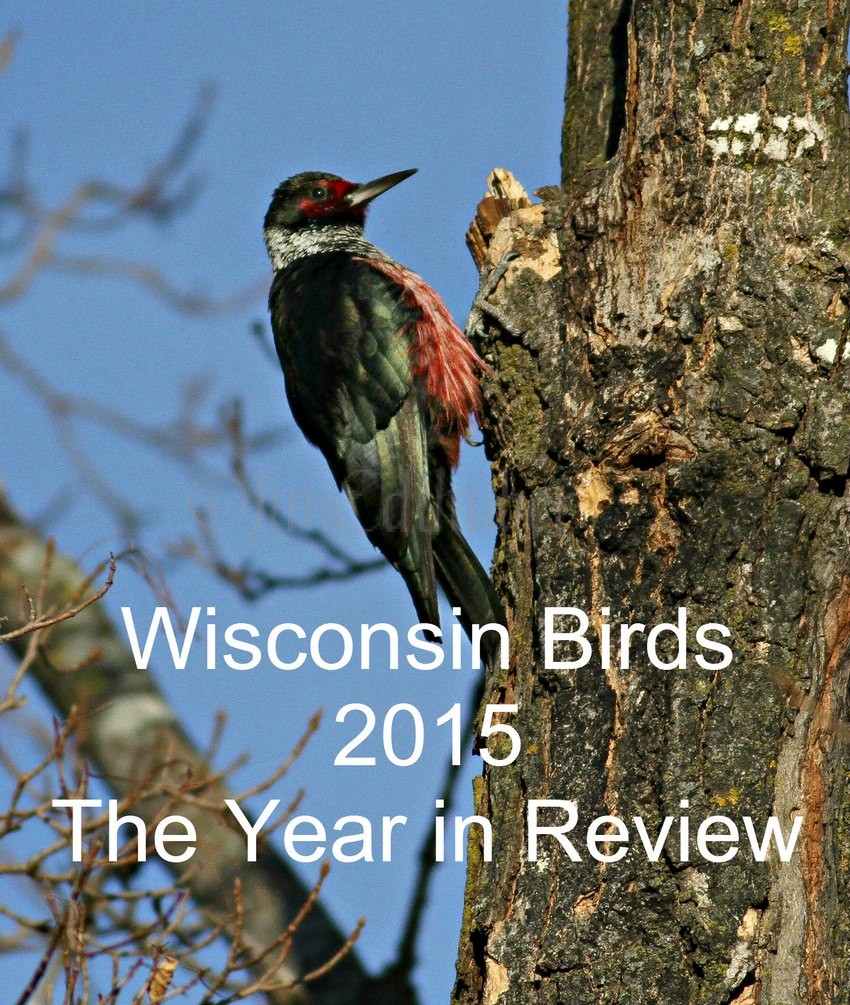
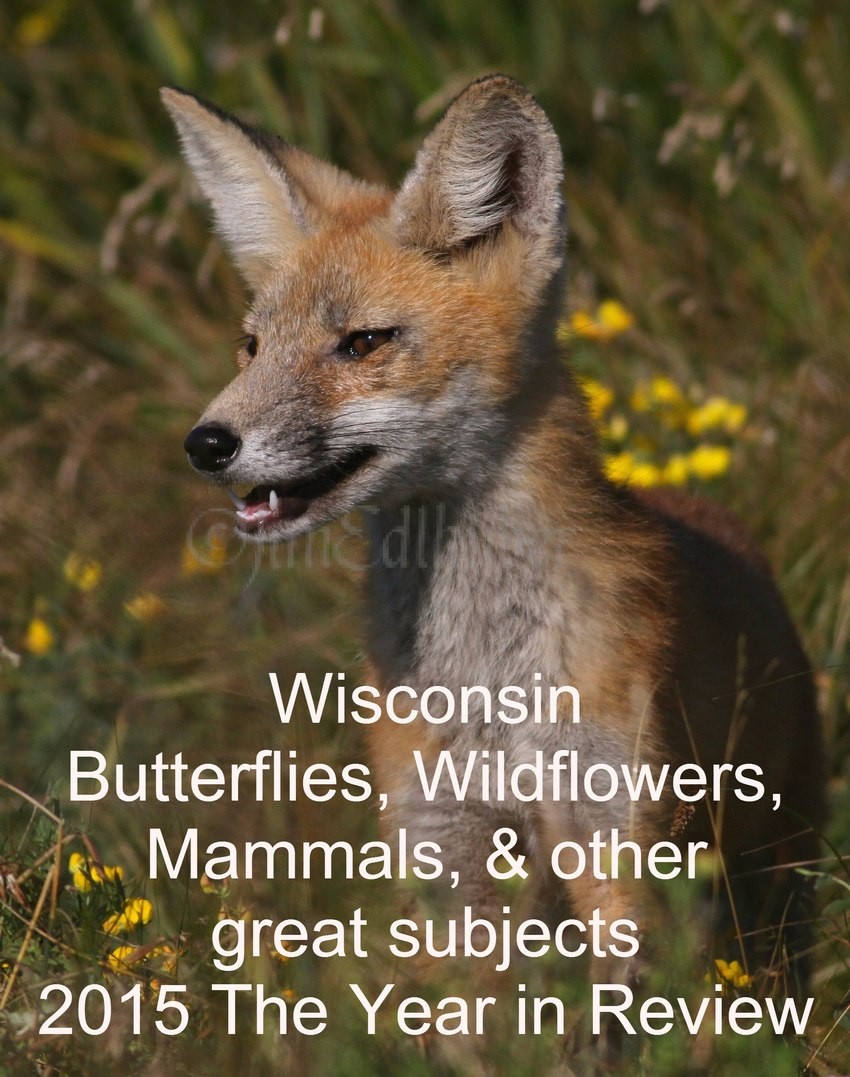
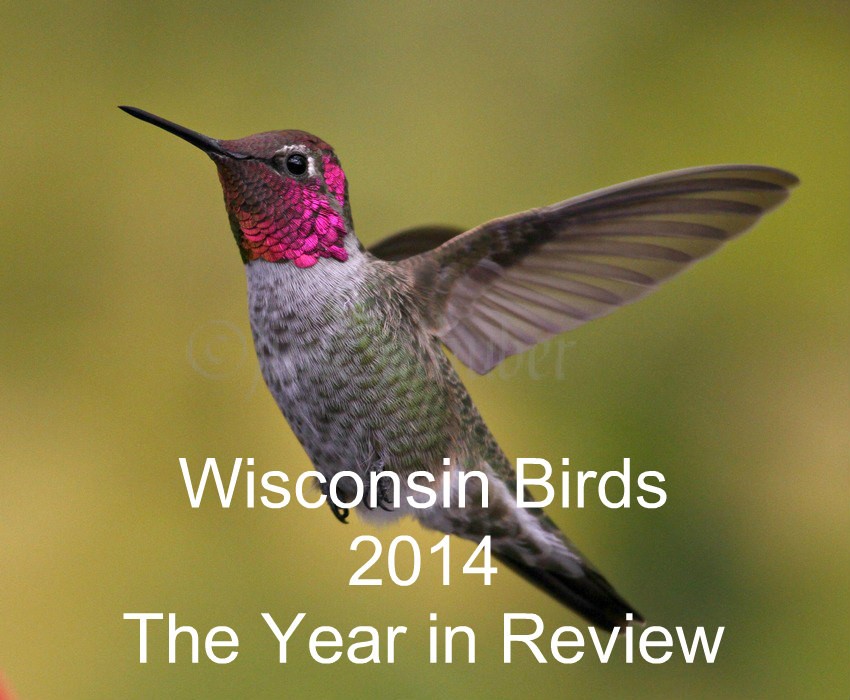
Looks like a great fine, Jim, nice captures.
Totally brill…and thanks for educating me on the “ring neck” part! : )